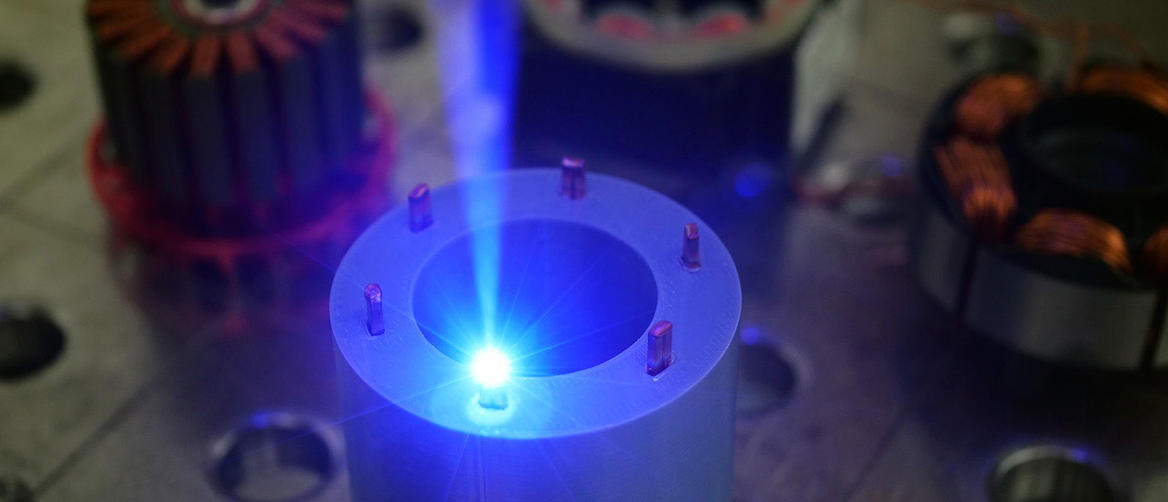Principle of laser cooling and its application to cold atoms
In cold atom physics, a lot of experimental work requires controlling particles (imprisoning ionic atoms, such as atomic clocks), slowing them down, and improving measurement accuracy. With the development of laser technology, laser cooling has also begun to be widely used in cold atoms.
At the atomic scale, the essence of temperature is the speed at which particles move. Laser cooling is the use of photons and atoms to exchange momentum, thereby cooling atoms. For example, if an atom has a forward velocity, and then it absorbs a flying photon traveling in the opposite direction, then its velocity will slow down. This is like a ball rolling forward on the grass, if it is not pushed by other forces, it will stop due to the “resistance” brought about by contact with the grass.
This is the laser cooling of atoms, and the process is a cycle. And it’s because of this cycle that the atoms keep cooling down.
In this, the simplest cooling is to use the Doppler effect.
However, not all atoms can be cooled by lasers, and a “cyclic transition” must be found between atomic levels to achieve this. Only through cyclic transitions can cooling be achieved and continue continuously.
At present, because the alkali metal atom (such as Na) has only one electron in the outer layer, and the two electrons in the outermost layer of the alkali earth group (such as Sr) can also be regarded as a whole, the energy levels of these two atoms are very simple, and it is easy to achieve “cyclic transition”, so the atoms that are now cooled by people are mostly simple alkali metal atoms or alkali earth atoms.
Principle of laser cooling and its application to cold atoms
Post time: Jun-25-2023






